- Home
- Articles
- Architectural Portfolio
- Architectral Presentation
- Inspirational Stories
- Architecture News
- Visualization
- BIM Industry
- Facade Design
- Parametric Design
- Career
- Landscape Architecture
- Construction
- Artificial Intelligence
- Sketching
- Design Softwares
- Diagrams
- Writing
- Architectural Tips
- Sustainability
- Courses
- Concept
- Technology
- History & Heritage
- Future of Architecture
- Guides & How-To
- Art & Culture
- Projects
- Interior Design
- Competitions
- Jobs
- Store
- Tools
- More
- Home
- Articles
- Architectural Portfolio
- Architectral Presentation
- Inspirational Stories
- Architecture News
- Visualization
- BIM Industry
- Facade Design
- Parametric Design
- Career
- Landscape Architecture
- Construction
- Artificial Intelligence
- Sketching
- Design Softwares
- Diagrams
- Writing
- Architectural Tips
- Sustainability
- Courses
- Concept
- Technology
- History & Heritage
- Future of Architecture
- Guides & How-To
- Art & Culture
- Projects
- Interior Design
- Competitions
- Jobs
- Store
- Tools
- More
How Designers Can Use Custom QR Codes to Enhance Branding and User Experience

Design has always been about meaning.
A shape, a colour, a line everything communicates something. Yet in a world where digital and physical experiences merge faster than ever, designers are discovering that one small element can dramatically expand the story a visual asset tells: the QR code.
Not the plain black square that interrupts layouts… but designed QR codes. Styled, coloured, framed and integrated in a way that feels intentional. With tools like a customisable QR code generator, designers can create scannable marks that blend harmoniously into posters, packaging, portfolio pages, brand systems and even illustration pieces.
In 2025, QR codes are no longer an “add-on.”
They are design elements and when used thoughtfully, they unlock entire layers of interaction.
Why Designers Are Finally Embracing QR Codes
QR codes used to be ugly. Stark. Intrusive.
But dynamic styling changed everything.
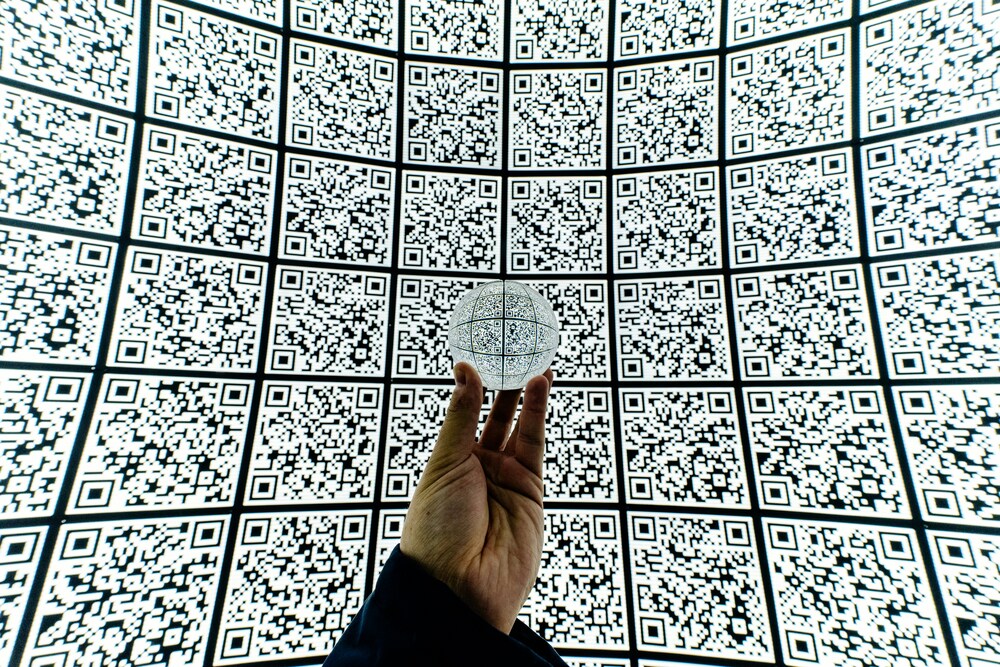
Today, designers can customise:
- colours
- corner shapes
- patterns
- logo placement
- background transparency
- grid density
- negative space
- frame design
This makes QRs not merely functional but expressive an extension of the visual language you’re already building.
They act as gateways to experiences that can’t fit on a printed layout or a single screen.
That’s why illustrators, packaging designers, UI/UX creators and brand studios are starting to treat them as core components of their toolkit.
Table of Contents
ToggleWhere QR Codes Improve Design (Without Interrupting It)
1. Posters, Flyers and Event Art
A well-designed QR code lets viewers:
- buy tickets,
- open maps,
- watch trailers,
- explore artist info,
- or follow socials.
Instead of cluttering a poster with four URLs, the design stays clean the QR carries the complexity.
2. Packaging and Label Design
Consumers expect more transparency today:
- ingredients,
- origin,
- brand story,
- tutorials,
- sustainability info.
But packaging space is limited.
A custom QR allows you to keep the physical design minimal while offering infinite depth digitally.
3. Visual Portfolios and Artist Cards
For illustrators, a QR code can:
- link to case studies
- open animations
- show time-lapses
- share your full portfolio
- connect to a shop or commission form
A printed portfolio page becomes a portal, not a static container.
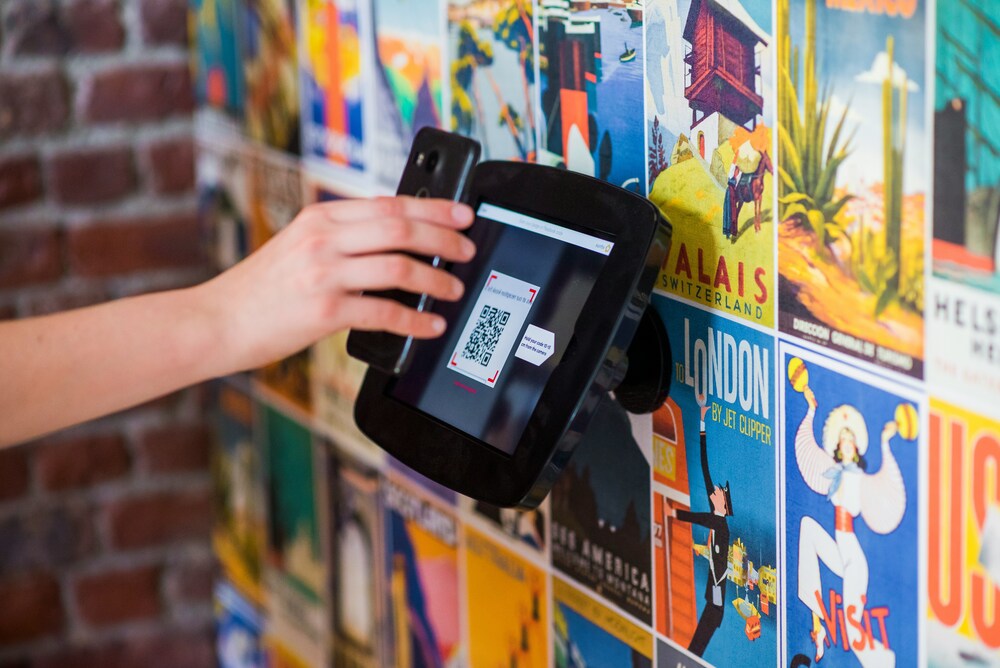
4. Branding Systems and Visual Identity Guides
QR codes are now part of brand architecture.
You can design variations that match:
- the logo grid
- colour palette
- typography rhythm
- iconography style
- motion guidelines
The QR becomes a branded symbol, not a foreign element dropped onto a layout.
5. Gallery Exhibitions and Interactive Art
Artists increasingly use QR codes as part of storytelling:
- behind-the-scenes videos
- audio commentary
- process images
- AR interactions
- limited editions and authentication
A painting or illustration becomes a multi-layered experience quiet in form, rich in depth.
How to Make a QR Look “Designed,” Not Dropped In
A QR code becomes elegant when treated like any other visual component.
Here’s what professional designers tend to do:
• Match the code colour to the palette
But keep contrast high for scanning reliability.
• Use rounded corners or alternative dot patterns
This softens the geometry and makes it feel bespoke.
• Integrate negative space
So the code breathes within the layout.
• Add a frame or micro-copy
Like “Scan to explore” or “See details.”
(Short. Simple. Human.)
• Align with the typographic system
Center, grid-fit or align the QR the same way you treat icons.
• Test on multiple devices
A gorgeous QR is useless if it doesn’t scan quickly.
Design is not only how it looks, but how it works.
Why QR Codes Elevate the User Experience
Good design respects the user.
It removes confusion, reduces friction and guides attention without shouting.
QR codes do exactly that:
- They save people from typing long URLs
- They keep layouts minimal
- They offer instant interaction
- They turn interest into action
- They make print feel alive
In digital design, the click has become natural.
In physical design, the scan is now its equivalent.

For Designers, QR Codes Are Creative Tools Not Just Functional Ones
The magic of QR design is in the duality:
Physical → Digital
Static → Dynamic
Minimal → Expansive
Art → Interaction
This is design thinking at its best: using a simple shape to unlock a richer experience.
When a QR code is styled with intent not as an afterthought it becomes a storytelling device.
A bridge.
A connector.
A subtle invitation into your world.
Final Thought
Designers don’t need more complexity.
They need tools that expand creative possibility while keeping execution simple.
Custom QR codes do exactly that.
They let you merge the beauty of visual craft with the practicality of instant interaction without compromising your aesthetic.
The square becomes a canvas.
The scan becomes part of the story.
And the design becomes more alive than ever.
illustrarch is your daily dose of architecture. Leading community designed for all lovers of illustration and #drawing.
Submit your architectural projects
Follow these steps for submission your project. Submission FormLatest Posts
What Are The Benefits Of Professional Painting For Homes?
Fresh paint does more than change color on a wall. It protects...
How Much Time Does It Take to Install Impact-Resistant Windows and Doors
Introduction Upgrading your home’s windows and doors can feel like a big...
How to Furnish Your New Home in 24 Hours (Without Picking Up a Screwdriver)
The keys have been handed over. The lease is signed. You are...
3D Printed Homes: Time, Cost, and What to Expect
3D printed homes explained: realistic timelines (24–72h walls, 8–16 weeks total), true...


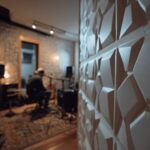

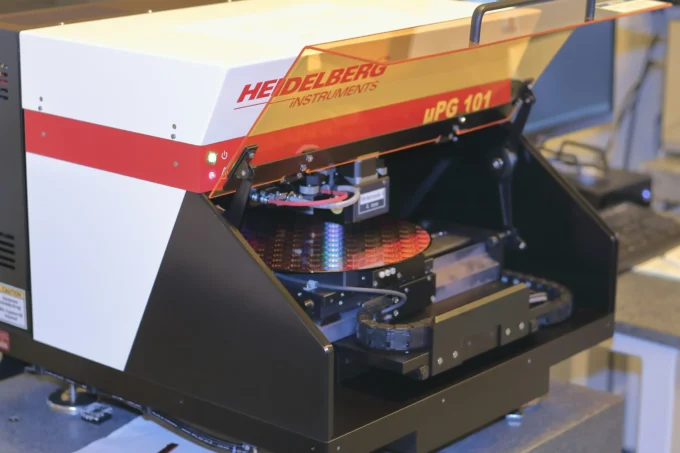
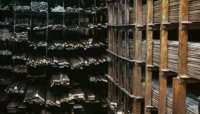
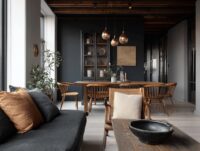

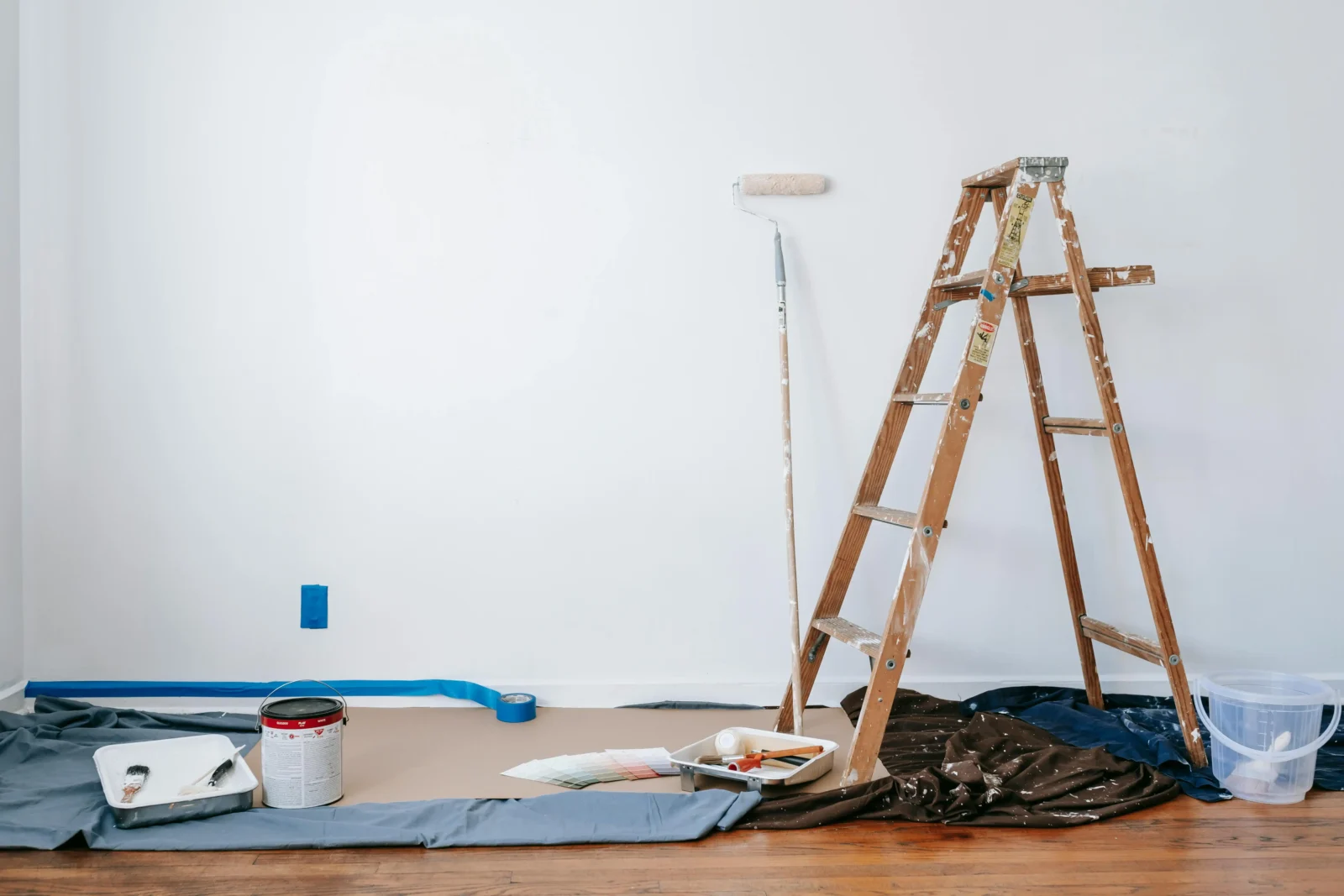
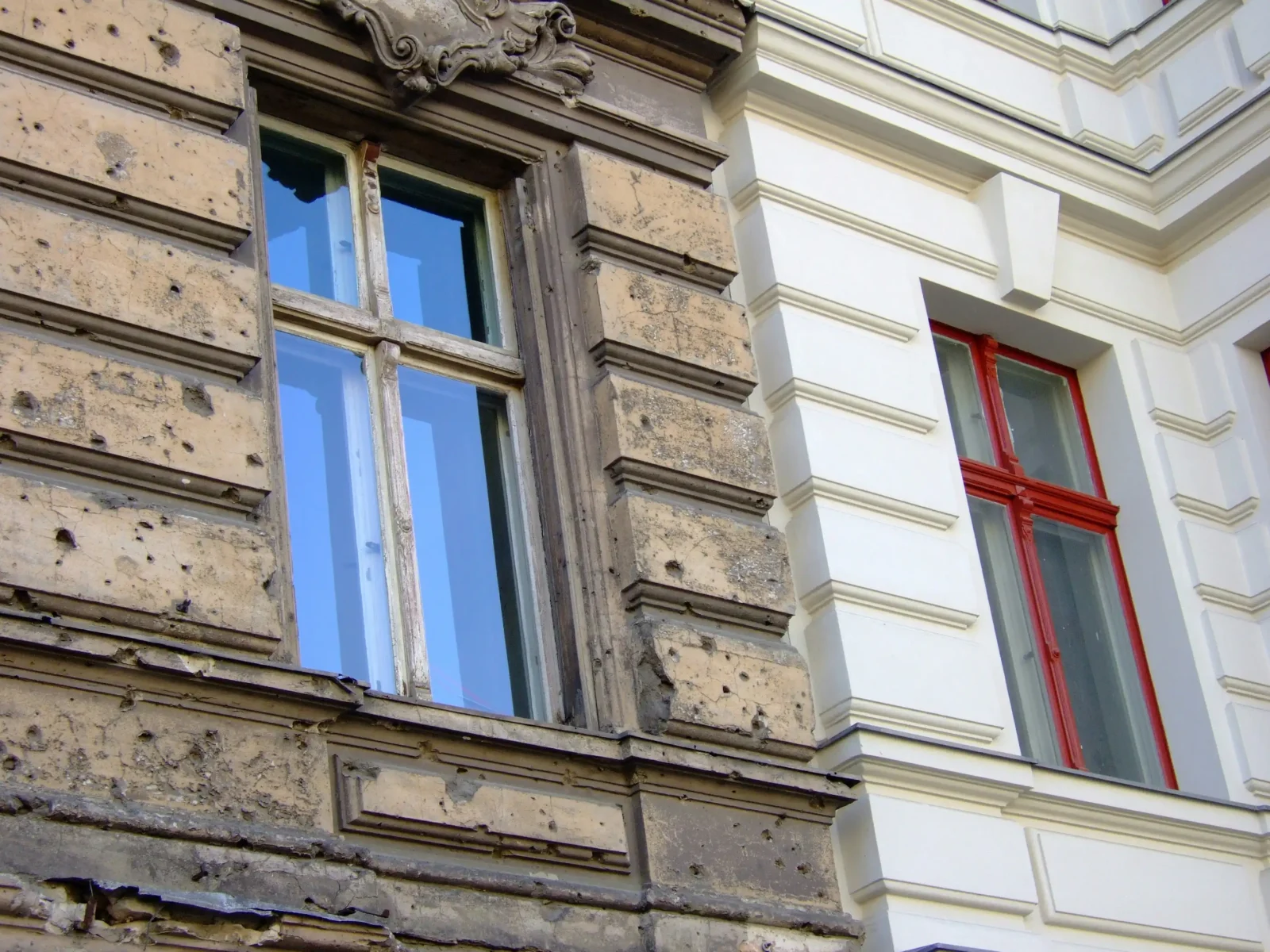

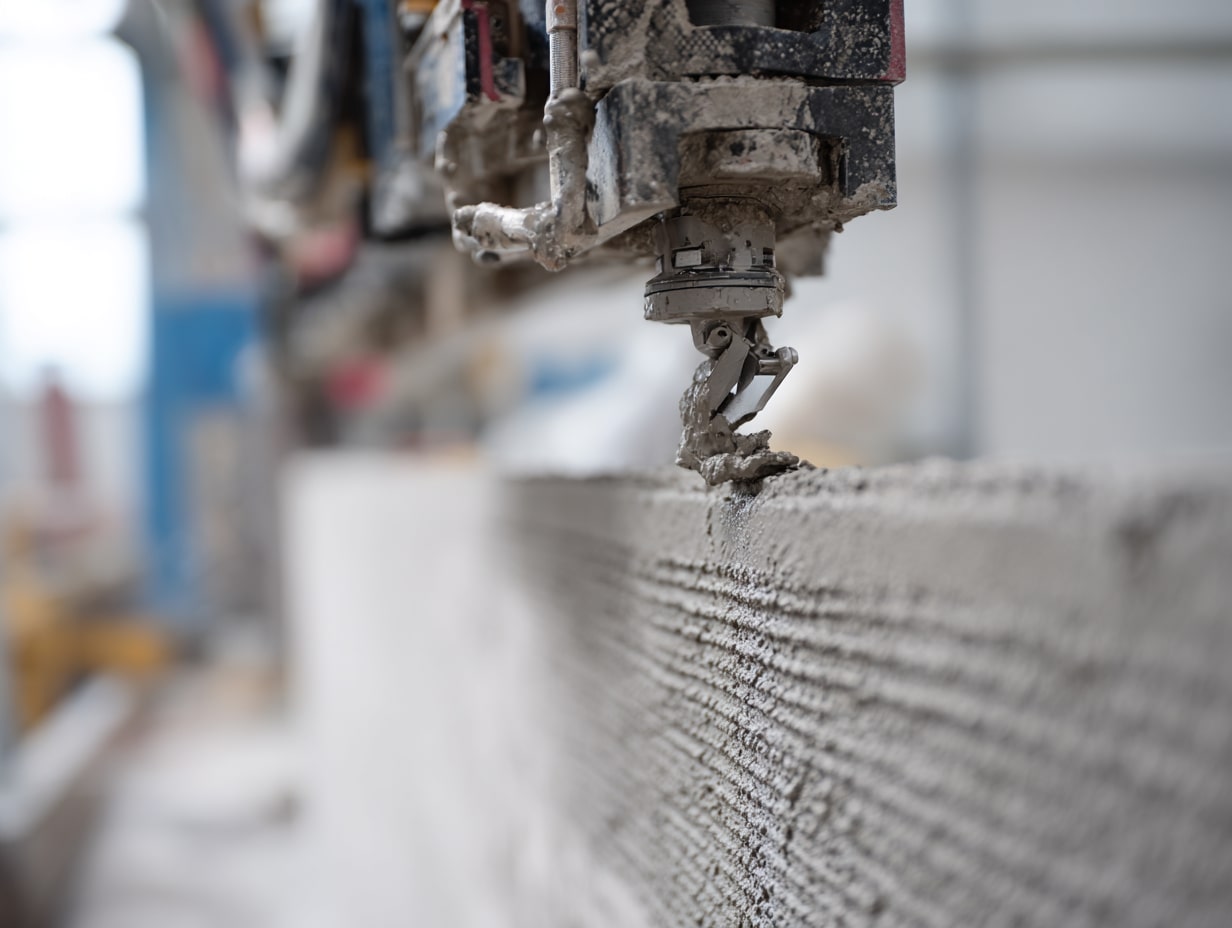
Leave a comment